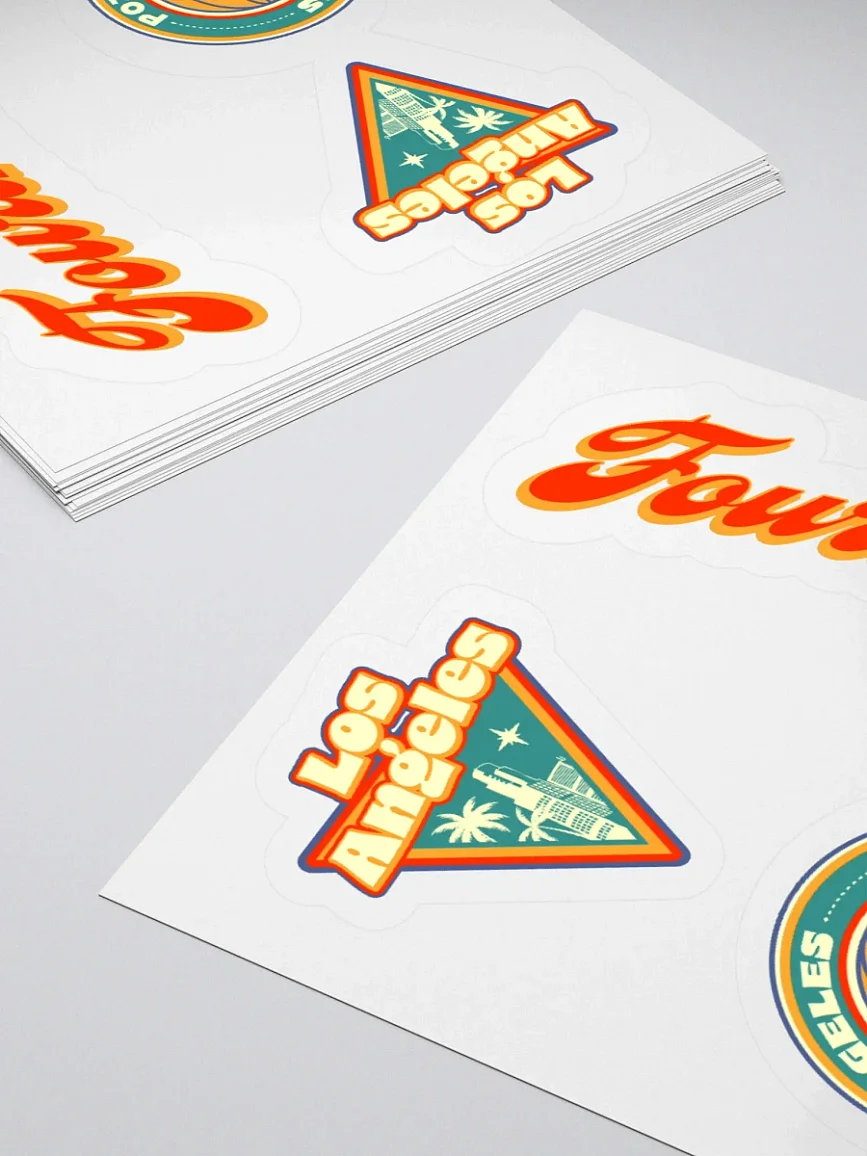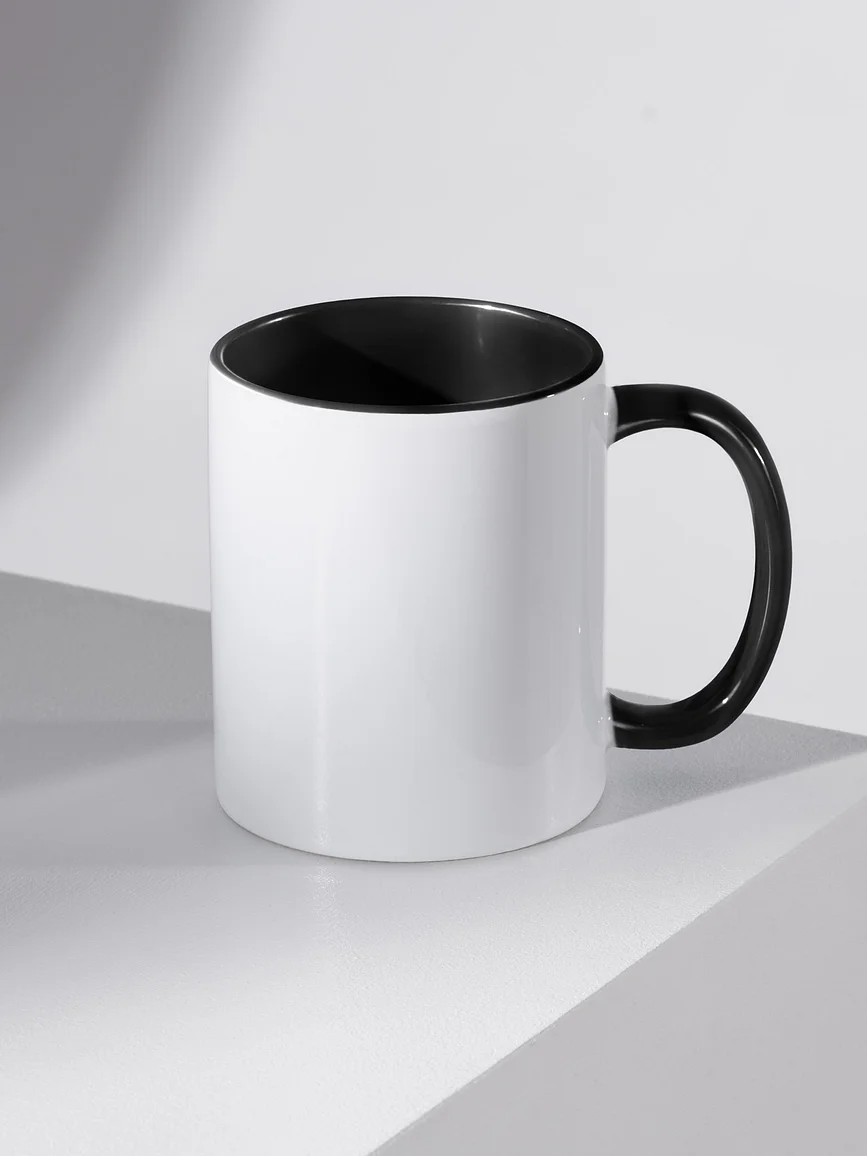Crafting a Stunning One-Page Website: A Guide for Beginners

If you're a creator looking to set up your own website, it's easy to be intimidated when first getting started. For anyone unfamiliar with web design, the thought of having to write your own code and understand programming languages like HTML, CSS, or Javascript can seem frustrating. Luckily, there's a user-friendly solution that allows you to showcase your content without the complexities of traditional web design—we're talking about one-page websites.
These streamlined, single-page platforms offer creators a straightforward and visually appealing approach to establishing their presence online. As more websites today lean towards a more minimalist approach, one-page websites allow creators to design simple layouts with intuitive navigation, avoiding the need for extensive coding or user interface.
What's a One-Page Website?
Before we dive into the intricacies of designing a one-page website, let's clarify what exactly it is. As the name suggests, a one-page website condenses all the essential information onto a single HTML page. Unlike multi-page websites, where navigation items lead to distinct pages within a site, one-page website's menu items simplify this process, navigating users to various sections on the same page. This layout provides an intuitive design with smooth scrolling, parallax effects, and a faster loading speed, delivering an immersive feel to the user. The allure of a one-page website lies not only in its minimalist design but also in its ability to communicate information while maintaining ease of use effectively.
Reasons to Have a One-Page Website
Simplified User Experience
One of the primary reasons to opt for a one-page website is the simplified user experience it offers. With all content accessible on a single scroll, visitors can easily navigate and consume information without clicking through various pages. This aligns with viewers' natural tendencies, especially when navigating on their mobile devices. The simplicity of one-page websites not only enhances user engagement but ensures that your message is delivered flawlessly.
Mobile-Friendly Design
In an era dominated by mobile devices, having a website that adapts to different screen sizes is crucial. One-page websites inherently possess mobile-friendly designs such as fluid scrolling and interactive elements. Additionally, touch gestures like swiping and tapping are often incorporated into these designs, making your browsing experience extraordinarily easier than on a laptop or computer.
Faster Loading Times
Speed is crucial on the internet. One-page websites can deliver swiffer loading times compared to most multi-page sites. With fewer elements to load and a concise structure, these websites ensure that users get the information they seek promptly. This improves user satisfaction and contributes to better search engine optimization.
Effective Storytelling and Branding
A one-page format encourages creators to craft a compelling story. By consecutively presenting information, you can guide visitors through a narrative that perfectly illustrates your products, content, and brand. Travel vloggers typically incorporate a storytelling narrative onto their site. By weaving together content consisting of text, images, and videos related to their travels, viewers can better understand who they are as a creator and their site's mission.
Improved Conversion Rates
The simplicity and focus of one-page websites often lead to higher conversion rates. Ensure your call-to-action is compelling and strategically placed. Use persuasive language that aligns with your website's goal, and keep your content focused, avoiding unnecessary distractions. If you're selling products, consider incorporating customer testimonials, reviews, or case studies to build credibility. These strategies help provide a positive user experience, encouraging higher foot traffic on your page.
7 Steps to Design a Successful One-Page Website
1. Define Your Purpose and Audience
Before diving into the design process, clearly define the purpose of your website and identify your target audience. Understanding your goals and audience will guide your decision during the design phase. For instance, if your purpose is to showcase your portfolio, layout your site to highlight content related to your work. Whether you're an artist, fashion designer, or photographer, catering your site to potential clients or employers is a great way to get recognition and land customers.
2. Plan Your Content and Structure
Map out the content you want to include on your one-page website. Think about the flow and hierarchy of your site's content to ensure a logical and engaging user experience. Often seen in single-page portfolios or product showcases, this approach immerses the user in a fluid journey, guiding them through key information without overwhelming them. Consider using a narrative approach where your content unfolds seamlessly as the user scrolls, telling a cohesive story about your brand.
3. Create a Visually Appealing Design
Visual appeal is critical in capturing and retaining your audience's attention. To achieve this, ensure your website has a cohesive color scheme that resonates with your brand identity. Use high-quality images and sharp visuals that enhance the overall appeal of your content. For example, if you're selling clothing apparel on your site, ensure your images best represent your products, enticing customers to purchase and wear them. Remember, a clean, modern design reflects professionalism and ensures a visually pleasing experience.
4. Optimize for Mobile Responsiveness
Given the prevalence of mobile browsing, it's essential to prioritize mobile responsiveness. Test your website on various devices to ensure it looks and functions seamlessly across different screen sizes. A mobile-friendly design enhances accessibility and user satisfaction. With platforms like Fourthwall, mobile-friendly designs are taken to the next level with custom mobile apps tailored for supporters to view a member's shop on the go. Available for both iOS and Android, supporters can download a personal app based on your site and enable push notifications so that none of your posts will go unnoticed.
5. Implement Clear Call-to-Action (CTA)
Every one-page website should have a clear and compelling call to action. Whether it's prompting users to make a purchase, subscribe, or contact you, a CTA should be prominently displayed throughout your website. Use persuasive language to evoke a sense of urgency or excitement to help drive sales. For instance, if you're an artist showcasing paintings or digital art, encourage users to "Purchase a Painting" or "Download Digital Prints." Remember to employ appealing design elements such as vibrant colors, bold fonts, or eye-catching icons that help draw attention to your desired actions.
6. Optimize for SEO
Search engine optimization (SEO) is crucial for visibility, even with a one-page website. The downside to one-page sites is you can't incorporate as many target keywords as you can on a multi-page website. So, it's important you make every word count. Lay out your site's content with only relevant keywords. Create descriptive meta tags and write proper headlines to help improve your site's search engine results.
7. Test and Iterate
Once your website is live, gather feedback and analyze user behavior. Use tools like Google Analytics that provide comprehensive performance metrics for your site. This data offers you a detailed understanding of your site's engagement stats and user interactions. By identifying patterns, preferences, and pain points, you can strategically refine your content by redesigning elements that will resonate with your viewers better.
Spark Your Creativity with One-Page Website Examples
Now, let's draw inspiration from some standout one-page websites that have mastered the art of design and functionality.
James Hicks
James Hicks's website is a masterclass in structure and hierarchy. Hick's site applies a clean and cohesive design, featuring a predominantly monochromatic color scheme running up and down the page. His layout puts everything out on display, showcasing merchandise, social media content, membership tiers, and a donation box, all of which are systematically layered and visually engaging. His strategic placement of high-quality visuals, including the use of high-res images to showcase his products and content, establishes a professional tone that entices users to interact with his page.

MariaaGloria
Maria Gloria's website stands out with its engaging visuals, creative color palette, and captivating header that establishes the beauty creator's flair for classic cinema. Gloria's page illustrates a retro-indie film vibe, with motion elements all throughout the site. Her layout is simple but minimal. With limited content on the page, Gloria showcases only her slogan, apparel, and call-to-action, creating a quick and smooth flow that effortlessly blends all elements into one.

Paolo FromTOKYO
Paolo FromTOKYO's one-page design showcases the power of storytelling. Through images and text, Paolo takes visitors on a journey that reflects his brand and personality. His page is strategically structured to promote and sell his brand of Kanzuri hot sauce, with the product being the first thing you see as soon as you pop on the site. As you scroll down, Paolo's call-to-action is integrated into a captivating story that explores the history and craft of making Kanzuri hot sauce. It's a lively narrative full of vibrant colors and beautiful imagery, illustrating Paolo's dedication to producing the spiciest hot sauce for his consumers.

Ellen & Brian
Ellen & Brian's page is a testament to how an aesthetically pleasing layout can significantly impact your website. The K-pop duo integrates warm colors throughout their site with a yellow and purple contrast that immediately locks viewers to the screen. The site's use of interactive graphics is simple but appealing, avoiding the need for clutter. Like Maria Gloria's site, Ellen and Brian's one-page promptly displays their merchandise and links to their social media channels, with a call-to-action button directing users to a separate page displaying the couple's merch.

Launch Your One-Page Website With Fourthwall Today!
As you embark on your journey to create a one-page website, consider the advantages Fourthwall offers. This innovative platform empowers creators to personalize their websites effortlessly. With easily customizable designs, layouts, and domains, Fourthwall enables you to craft a distinctive brand that reflects your individuality.
Sign up to Fourthwall today and unleash your creativity in building a one-page website that captures attention and leaves a lasting impression.
















